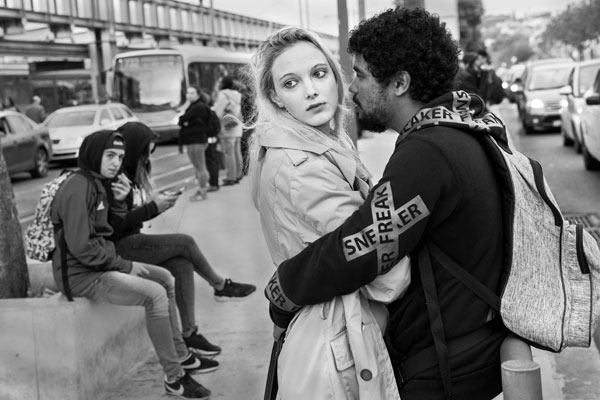The Greatest Guide To Framing Streets
Table of ContentsAn Unbiased View of Framing StreetsIndicators on Framing Streets You Should KnowSome Known Facts About Framing Streets.How Framing Streets can Save You Time, Stress, and Money.The Single Strategy To Use For Framing StreetsFraming Streets Things To Know Before You Buy
, normally with the objective of capturing photos at a definitive or touching minute by cautious framework and timing. https://www.blogtalkradio.com/framingstreets1.
The Only Guide to Framing Streets
Susan Sontag, 1977 Street digital photography can concentrate on people and their actions in public. In this regard, the road professional photographer is comparable to social docudrama professional photographers or photographers who additionally work in public locations, but with the purpose of capturing newsworthy occasions. Any one of these professional photographers' images might capture individuals and home visible within or from public areas, which frequently entails browsing honest problems and laws of personal privacy, protection, and residential or commercial property.
Representations of everyday public life create a category in virtually every duration of world art, beginning in the pre-historic, Sumerian, Egyptian and very early Buddhist art periods. Art dealing with the life of the road, whether within sights of cityscapes, or as the dominant motif, shows up in the West in the canon of the North Renaissance, Baroque, Rococo, of Romanticism, Realism, Impressionism and Post-Impressionism.
How Framing Streets can Save You Time, Stress, and Money.
Louis Daguerre: "Blvd du Temple" (1838 or 1839) In 1838 or 1839 the first photograph of figures in the road was tape-recorded by Louis-Jacques-Mand Daguerre in among a set of daguerreotype sights taken from his workshop window of the Blvd du Temple in Paris. The 2nd, made at the height of the day, reveals an unpopulated stretch of road, while the various other was taken at about 8:00 am, and as Beaumont Newhall records, "The Blvd, so continuously loaded with a relocating bunch of pedestrians and carriages was completely solitary, except a person that was having his boots cleaned.
, who was inspired to take on a comparable documentation of New York City. As the city created, Atget assisted to advertise Parisian roads as a worthwhile topic for digital photography.

Little Known Questions About Framing Streets.
Martin is the very first tape-recorded photographer to do so in London with a masked camera. Mass-Observation was a social research study organisation established in 1937 which aimed to tape-record daily life in Britain and to tape-record the reactions of the 'man-in-the-street' to King Edward VIII's abdication in 1936 to marry separation Wallis Simpson, and the sequence of George VI. The chief Mass-Observationists were anthropologist Tom Harrisson in Bolton and poet Charles Madge in London, and their very first record was produced as guide "May the Twelfth: Mass-Observation Day-Surveys 1937 by over two hundred viewers" [] Window cleaner at Kottbusser Tor, Berlin, by Elsa Thiemann c. 1946 The post-war French Humanist School photographers found their topics on the street or in the restaurant. Between 1946 and 1957 Le Groupe des XV yearly showed work of this kind. Andre Kertesz. Circus, Budapest, 19 May 1920 Road photography formed the significant material of two exhibitions at the Gallery of Modern Art (Mo, MA) in New york city curated by Edward Steichen, 5 French Professional Photographers: Brassai; Cartier-Bresson, Doisneau, Ronis, Izis in 1951 to 1952, and Post-war European Digital Photography in 1953, which exported the dig this concept of road photography worldwide.

The 2-Minute Rule for Framing Streets
, then an educator of young kids, connected with Evans in 193839.'s 1958 publication,, was significant; raw and typically out of emphasis, Frank's photos questioned mainstream photography of the time, "challenged all the official rules laid down by Henri Cartier-Bresson and Walker Evans" and "flew in the face of the wholesome pictorialism and genuine photojournalism of American publications like LIFE and Time".